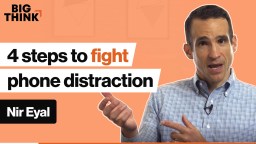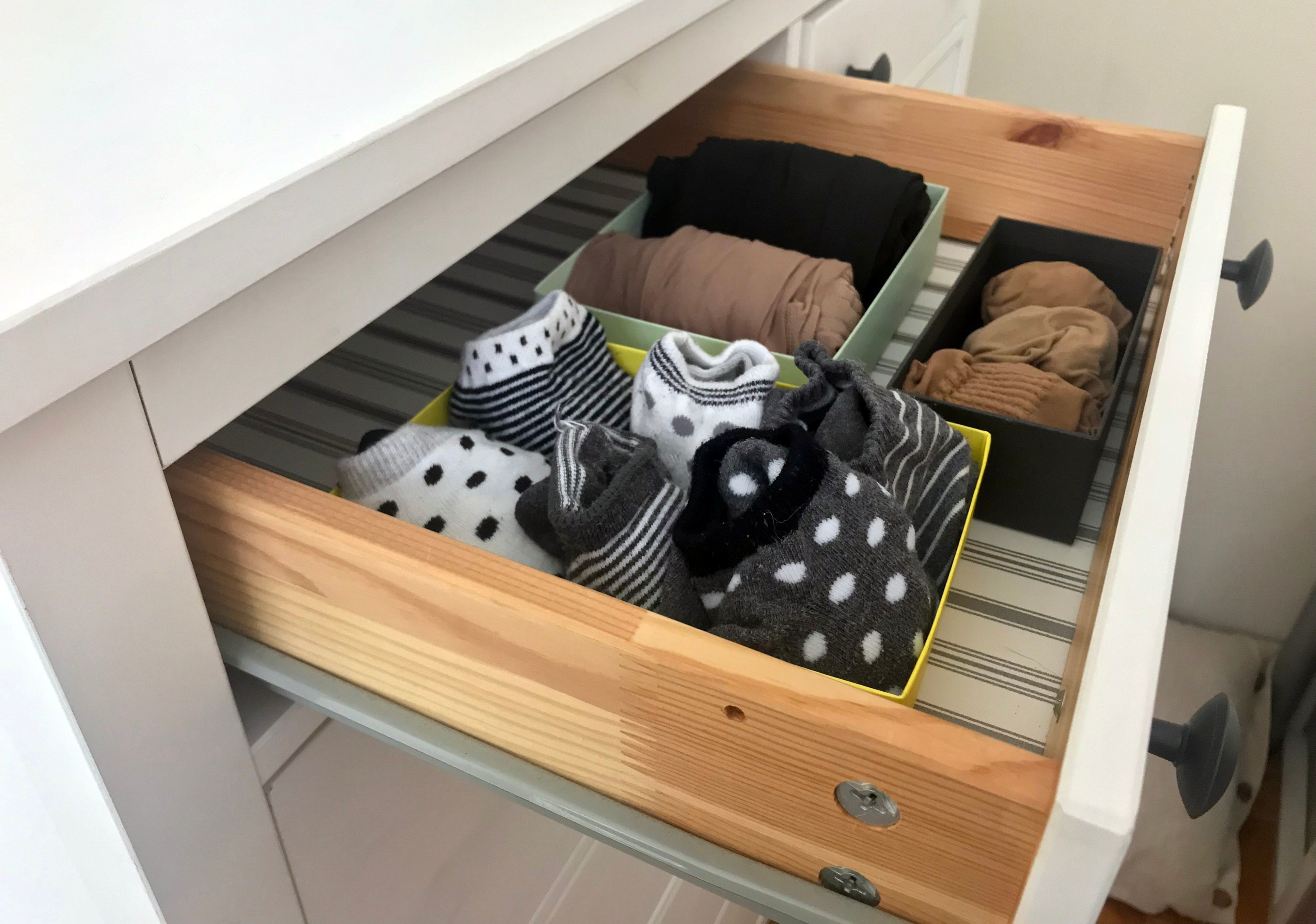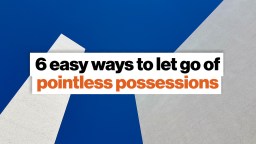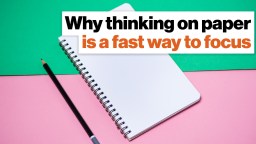simplicity
A fun and completely safe experiment for the family to try during quarantine.
▸
5 min
—
with
Simple tricks for hacking back your device.
▸
2 min
—
with
Get your finances in shape with this powerful money manager.
One way to limit clutter is by being mindful of your spending.
▸
4 min
—
with
It’s almost time for spring cleaning.
▸
5 min
—
with
The famed author headed to the pond thanks to Indian philosophy.
Writing by hand is the original concentration hack.
▸
5 min
—
with
Turns out simplicity is really, really complicated. Having worked with Steve Jobs for years as an advertising creative director on Apple products, Ken Segall has taken a blood oath to uphold the principles of simplicity.
▸
9 min
—
with








